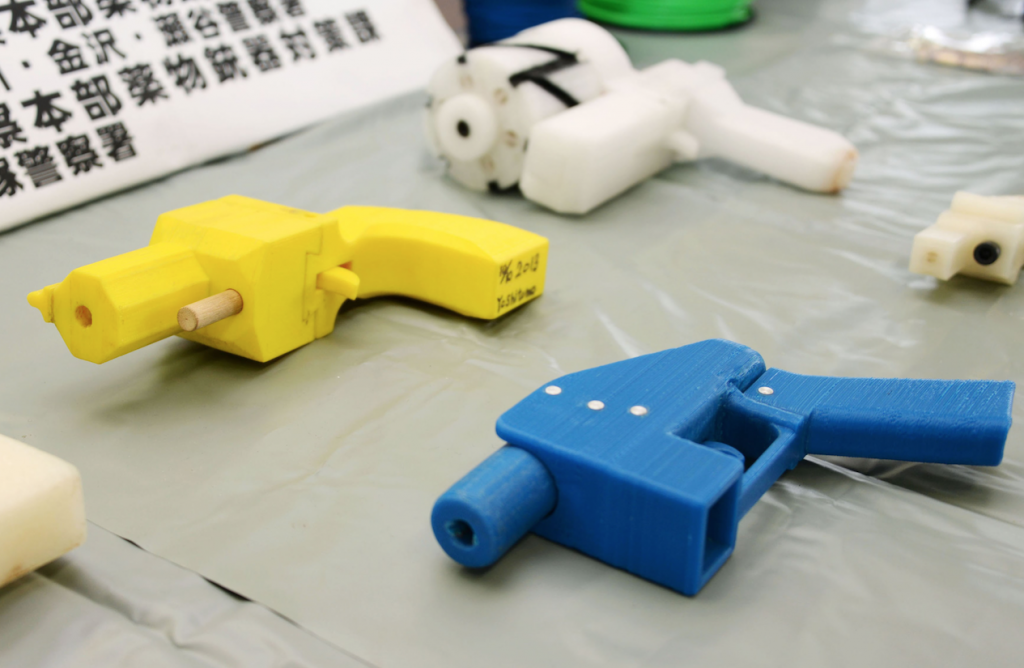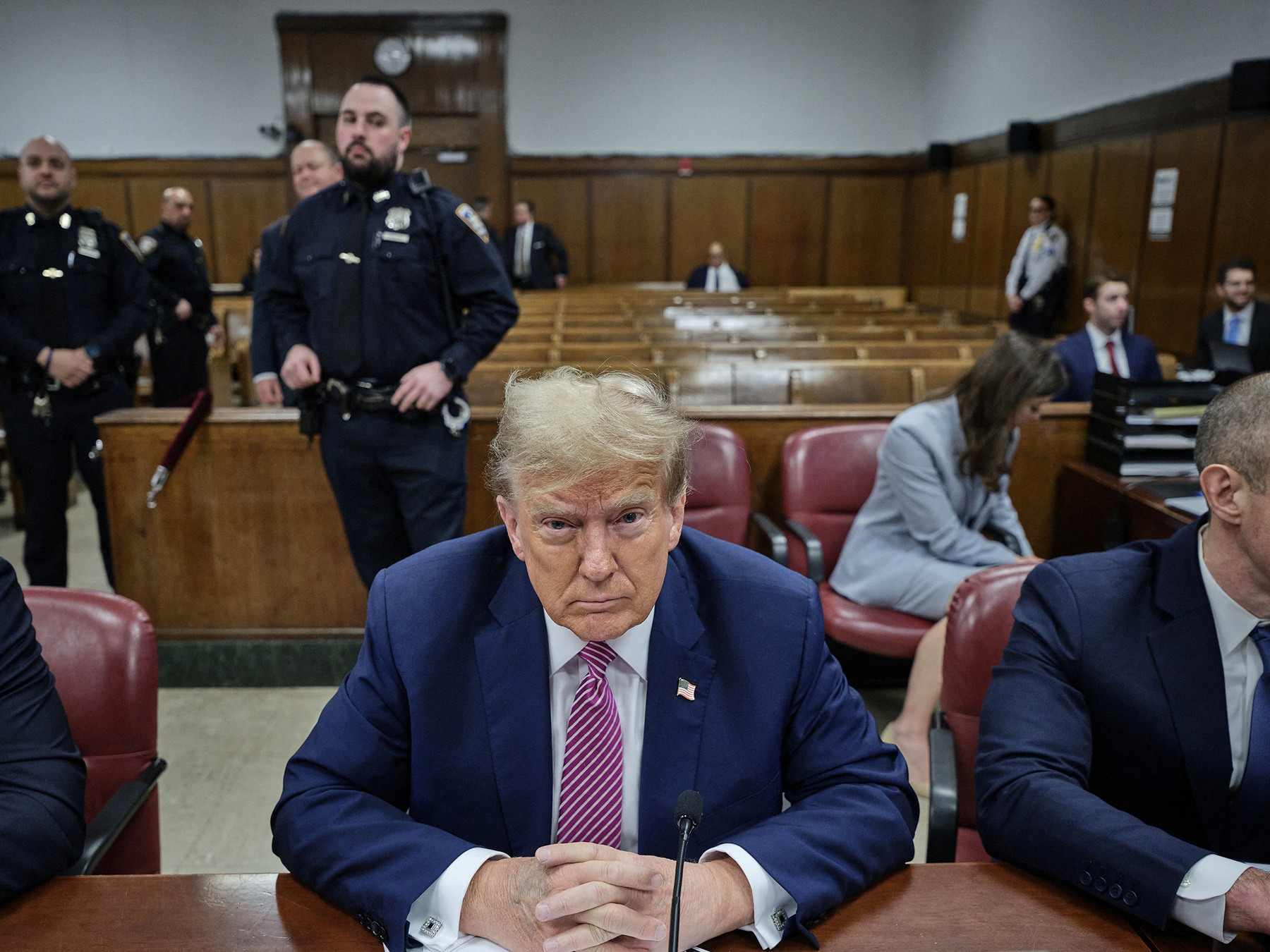A three-judge panel of the U.S. Court of Appeals for the Ninth Circuit vacated a preliminary injunction concerning 3D-printed gun files on April 27th. The injunction, which had been granted by U.S. District Court Judge Robert Lasnik in March of 2020, stopped agency rule changes instituted during the Trump administration from being carried out.
The case required the panel to consider whether judicial review was prohibited regarding the “undesignation” of articles as “defense articles” according to the language of the International Security Assistance and Arms Export Control Act of 1976.
See our deep dive The 3D Guns Controversy: Is Computer Code a Form of Speech?
One of the rule changes, proposed in 2018 by the U.S. Department of State, called for the removal of 3D-printed gun blueprints from the U.S. Munitions List. With the injunction against the rule change vacated, Tuesday’s decision permits 3D-printed gun files to circulate over the Internet again without first having to obtain an export license from the State Department.
Ultimately, the judicial panel reasoned that “Congress precluded judicial review of both the designation and undesignation of items as defense articles.” The decision reduces limitations on the circulation of 3D-printed gun files.
The panel was not unanimous, however, as Judge Robert Whaley dissented, writing that “…Congress’s intention to preclude judicial review over the President’s decision to remove items from the Munitions List is not clear and convincing.”
President Biden’s administration recently announced that it will present new federal rules tightening restrictions for 3D-printed “ghost guns” in the coming weeks.
Tags




